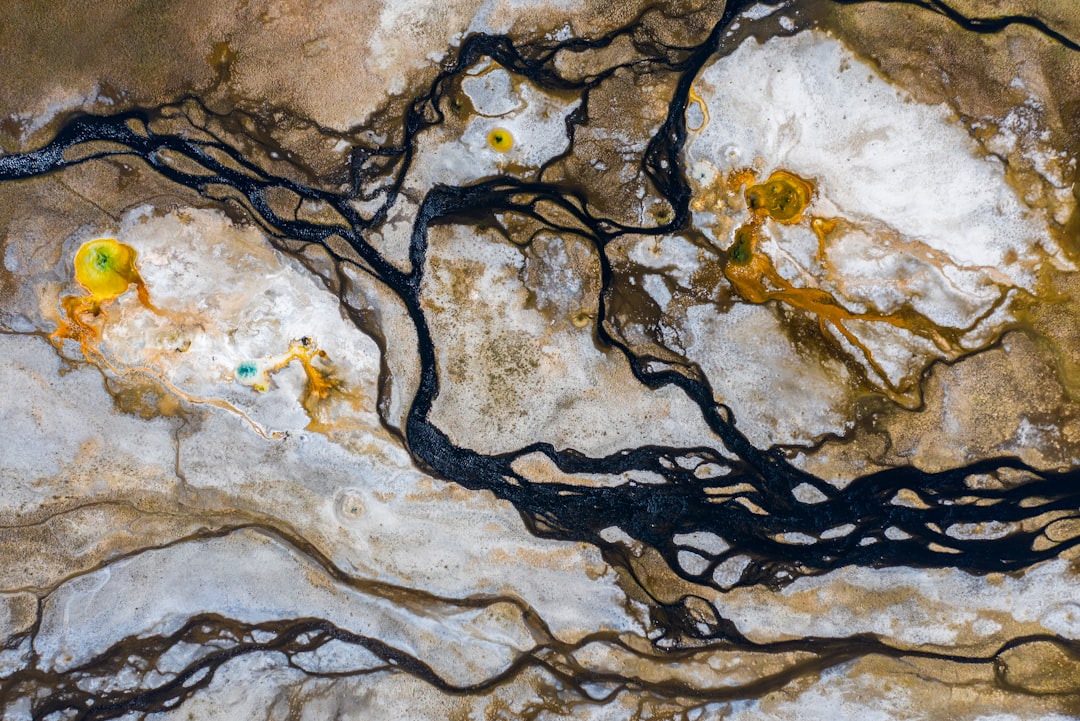What is it about?
Here we depicted a pollen spectrum of dominant species of desert vegetation, covering 14 families 36 genera and 56 species in the east of ACA desert, and provided a pollen key to dominant taxa for recognizing main temperate desert vegetation types. Moreover, we prepared recent distribution maps of each dominant species in desert vegetation types in order to help the readers to understand the distribution patterns and their ecological relationship among these taxa.
Featured Image
Why is it important?
The findings not only improve the resolution of the pollen identification in the temperate desert area but also provide a great potential tool for tracing the vegetation succession and pattern formation in the ACA desert.
Perspectives
In general, forest, grassland, and desert are three main terrestrial ecosystems on the earth. Numerous researches focused on the forest and grassland but few on the desert, which prevents us from understanding the formation and sustainable development of desert ecosystem. Here we attempt to establish the pollen spectrum of the dominant species in the ACA desert region for desert vegetation recognition. Next, we plan to develop the coupling relationship between modern pollen assemblages and corresponding vegetation types by analyzing surface pollen samples. At last, we try to combine the above results to interpret the pollen records in geological past for reconstructing the history of desert vegetation and ecosystem.
Professor Yu-Fei Wang
Instititu of Botany, Chinese Academy of Sciences
Read the Original
This page is a summary of: Pollen spectrum, a cornerstone for tracing the evolution of the eastern Central Asian desert, Quaternary Science Reviews, April 2018, Elsevier,
DOI: 10.1016/j.quascirev.2018.02.009.
You can read the full text:
Contributors
The following have contributed to this page










